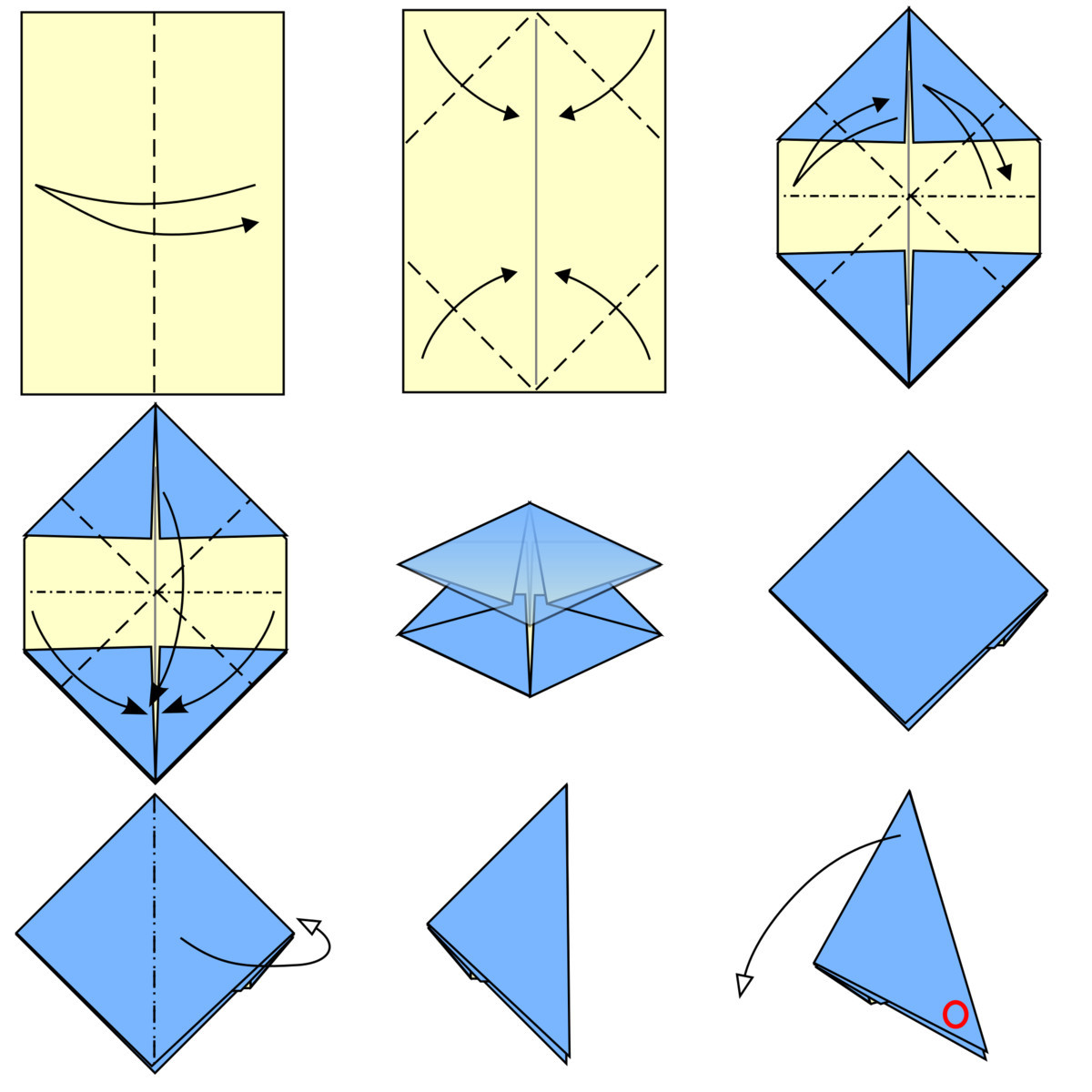Origami Paper Popping Time!

Suppose you folded three rectangular papers of different sizes and same densities into origami paper poppers, as instructed above. Let be the smallest popper, the medium popper, and the largest popper. The goal is to have the inner flaps appear outside, as shown below:

If you are to apply the same force for each popper without tucking the inner flaps out, what can be said about their popping outcomes?
Details and Assumptions:
- The creases of all three poppers are applied with the same amount of force.
- The swings are executed in the same constant motion for all three poppers.
- Your fingers still hold the tip of the popper after flicking it.
- Neglect air resistance.
Image Credit: Wikimedia, Simply Bliss Life
This section requires Javascript.
You are seeing this because something didn't load right. We suggest you, (a) try
refreshing the page, (b) enabling javascript if it is disabled on your browser and,
finally, (c)
loading the
non-javascript version of this page
. We're sorry about the hassle.
The odds that the flaps pop vary for different sizes because of the amount of air trapped inside the pockets. For this solution, I would like to establish several relationships.
Consider the instructions to construct the paper popper.
The relationship between the size of the popper and the size of the flaps is that:
Wherever your fingers hold on the indicated popper tip, this tightens the amount of opening space between the inner and outer flaps. Relative to the holding position,
Related Examples: There are related real-life examples to come up with: